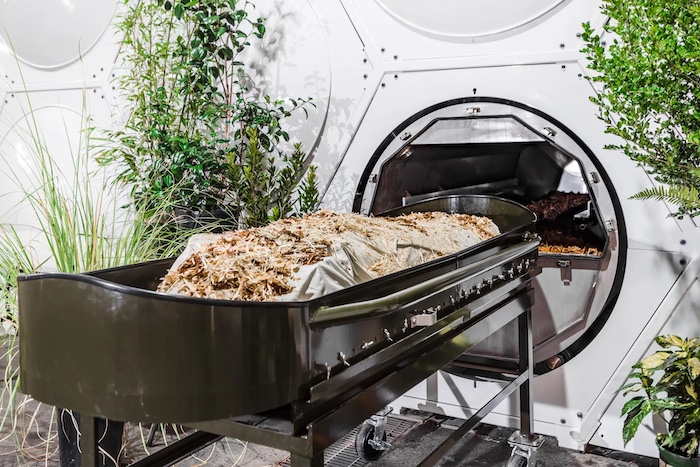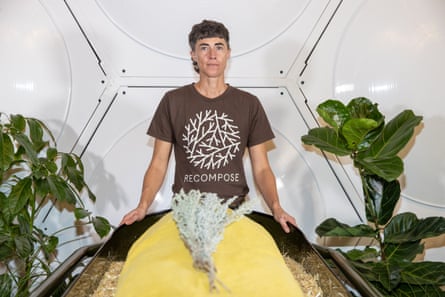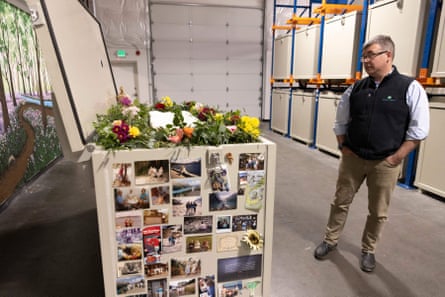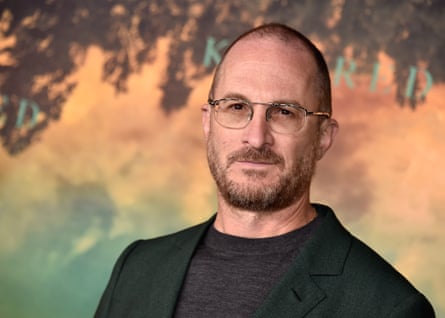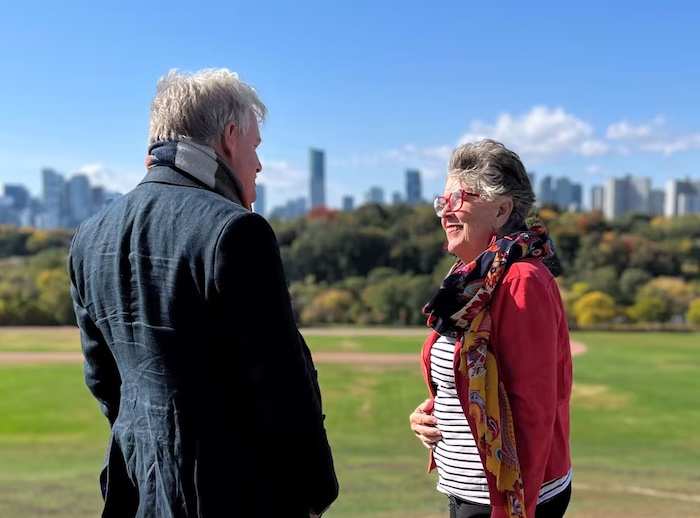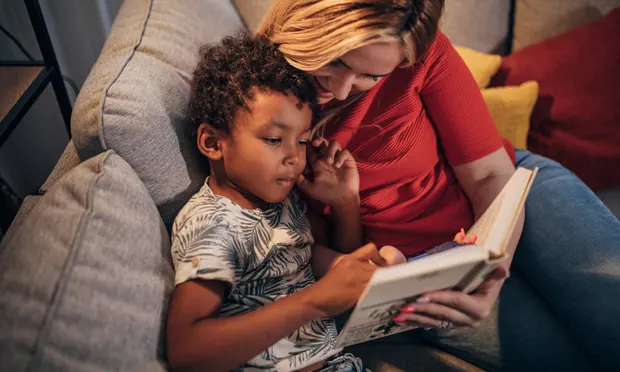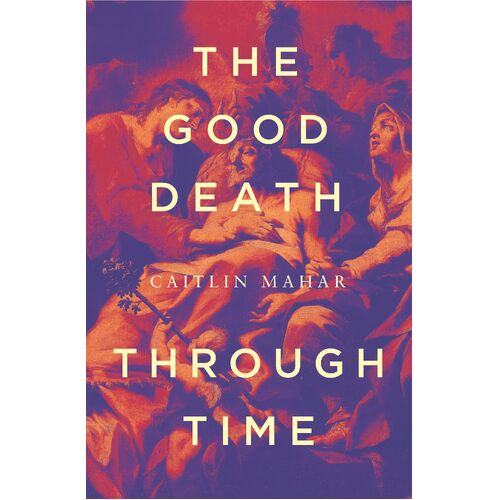— Hospice Workers Share Conversations With Patients as They Near the End of Their Life

By Lyssa Goldberg
Talking about mortality can definitely be a frightening subject. But for some people, like those who work in hospice, discussing what happens when you die may feel like a more natural conversation to have.
So, what does it feel like to be days from death? And what happens to you when you die? While some of these questions may never be answered, we spoke to several hospice care professionals across the U.S. to find out what they’ve learned from their patients in their final days as they prepared to make a transition from life to death.
“Very few people are afraid of death. They’re afraid of dying, the process leading to death,” says Travis Overbeck, National Director of Patient Experience for Seasons Hospice.
Of course, no one truly knows what comes next, but some patients have a very clear idea of what they believe should happen once they die, says Overbeck. Hospice workers like himself get to explore their patients’ belief systems and ask them what they’d like their death to look like.
For instance, in the Buddhist tradition, there’s an expectation of silence at the time of death, according to Overbeck, and there should not be any wailing or grieving at the individual’s bedside so they can make their way peacefully into the next life.
“I’ve seen so many patients at the time of death. Most often, there’s this sense of peace and calm, and it’s really beautiful,” Overbeck says. “That’s why I do what I do. It’s all about bringing that peace and comfort to our patients at end of life.”
Here are some of the most common themes that have emerged from end-of-life conversations with hospice workers.
“Would you mind praying for me?”
Overbeck, a chaplain who sees patients of all faiths and backgrounds but practices Christianity himself, remembers his final conversations with a Jewish patient in her last days of life. She said, “I know you’re Christian, and I know I’m Jewish, but would you mind praying for me?”
“What would you like me to pray for?” Overbeck replied.
“I pray that when I die, it will be peaceful, and I will be comforted,” was the patient’s request.
After some conversation, they prayed together and the two hit it off. When Overbeck returned to the hospital the next day, the patient’s friend found him in the hallway. She told Overbeck that the patient had become unresponsive—but before she stopped speaking, the patient asked her friend to have Overbeck pray for her again if he returned.
Overbeck entered the patient’s room and, knowing that hearing is typically the last sense to go, he reintroduced himself and said, “I’m going to go ahead and pray for you.” He prayed again for peace and a comfortable transition. And at the end of his prayers, suddenly the patient began to talk.
“I’m going on a journey to a place I’ve never been before,” she started, “and everybody is sparkling, and everybody is smiling at me.” The patient died about 45 minutes later.
“I don’t care what belief system you are or aren’t. At the end of the day, that’s real. That was her experience,” Overbeck says.
Bringing life closure
Much of Overbeck’s work is dedicated to tying up loose ends and bringing his patients’ life to closure, whether that’s reuniting family members that have become estranged or ensuring the patient’s legacy is preserved. “There’s a process in dying,” Overbeck says. “It’s the opportunities to say, ‘I love you,’ opportunities to say, ‘I forgive you,’ opportunities to ask for forgiveness, opportunities to say, ‘Goodbye.’”
Overbeck recalls another conversation with a patient who was the CEO of a very large, well-known company. “Travis, I had it all,” the CEO told Overbeck. “I had the vacation homes. I was able to send my kids to the finest schools. We traveled the world. But at some point, I lost my focus. I began to value my job and my money more than anything else.”
Along the way, it cost him not only his marriage but his relationship with his kids. In fact, the patient had a grandchild he’d never even meet. Overbeck asked the patient for permission to reach out to his family. A few phone calls later, they were flying into town to visit the hospital.
Overbeck helped facilitate conversations between the patient and his family members, and while he acknowledges it wasn’t easy, he was ultimately able to bring them a feeling of closure. Most importantly, the patient was able to meet his grandchild for the first time. The patient died later that day.
“The biggest realization that I’ve had is that we all have a finite amount of time—it’s about how you’re going to live with that time,” Overbeck says.
Cultivating gratitude
Carolyn Gartner, licensed clinical social worker with Visiting Nurse Service of New York Hospice and Palliative Care, began practicing meditation and studying Buddhism around the same time she started pursuing social work.
Working in hospice care, she’s found her patients hold a perspective of gratitude and acceptance that parallels what she’s been taught through her meditation practice. “I feel my older patients really understand the idea of letting go, and not letting small things bother you,” Gartner says. “We get so caught up in the day-to-day, and I see my older patients are a good role model for how those things pass.”
Gartner works with a diverse array of patients throughout Brooklyn, from celebrities to patients in public housing. Recently, she and a chaplain from VNSNY Hospice went to visit a Jamaican patient who loves Bob Marley music.
The patient’s daughter told them that her mother had experienced a severe explosion of pain the day before, so Gartner prepared to handle the situation sensitively, thinking perhaps the patient wouldn’t want to listen to music that day.
When they walked in the door, however, the patient was wearing a big smile on her face and said: “Okay, ladies, when are you starting the Bob Marley?’”
“I do think that this work, almost every day, reinforces to me: We are energy. We are light. There is a spirit,” Gartner says.
At end-of-life, people like to reflect on their life story, Gartner says. Patients will take out old photos and share stories of joy and pain all in one session. Having studied screenwriting as an undergrad at New York University, Gartner uses these same storytelling techniques with her patients to learn and listen to their stories.
“My observation is that people will often die the way they live, so it’s really interesting to see how people process what they’ve gone through,” she says.
While the patients may seem ready to accept what comes next, Gartner says it’s the families who often need help coming to terms with it. VNSNY Hospice assists with the pre-bereavement process for family caregivers so they can see beyond the grief and enjoy the time they have left with the patient.
“Patients almost always know what’s going on in their body. It’s the family who doesn’t,” she says.
Seeing lost loved ones
Over the years, Kalah Walker, patient care administrator for VITAS Healthcare, has seen numerous hospice cases where the patients will call out to their loved ones who’ve passed, as if they’re seeing someone that everyone else cannot.
Often, they look out into the distance, and the hospice worker knows it’s the name of a family member who’s no longer with us. Generally, this happens within the last days of their life, Walker notes.
“You know what they’re seeing when they’re looking off into the distance…,” she said. “Once they do that, they’re able to let go.”
Sometimes, the patients will ask their hospice worker if they can see the family member too. Walker says it’s important to be there in the moment with them, agree, and allow the moment to happen as the patient is experiencing it. “There’s a nurse who gets to be there to bring life into this world, and we get to stand there and hold a patient’s hands or their family’s hands as a life leaves this world,” she says.
Walker says the real work with end-of-life care comes after the patient passes, however. “Hospice isn’t just about death and dying. It’s about learning about what’s really important in life and keeping those memories alive,” Walker said.
VITAS’ staff supports families who’ve experienced loss with programs like gifting them memory bears as reminders of their loved ones or butterfly release ceremonies. At the butterfly release ceremony, families will open a package and release butterflies into the sky, giving them a chance to reflect and experience a feeling of release themselves. “I’ve seen the butterflies sit there in the moment. You notice they kind of hover around, and it’s almost as if that butterfly is the loved one,” Walker says.
Sources
- Travis Overbeck, National Director of Patient Experience for Seasons Hospice
- Carolyn Gartner, licensed clinical social worker with Visiting Nurse Service of New York Hospice and Palliative Care
- Kalah Walker, patient care administrator for VITAS Healthcare
Complete Article ↪HERE↩!

